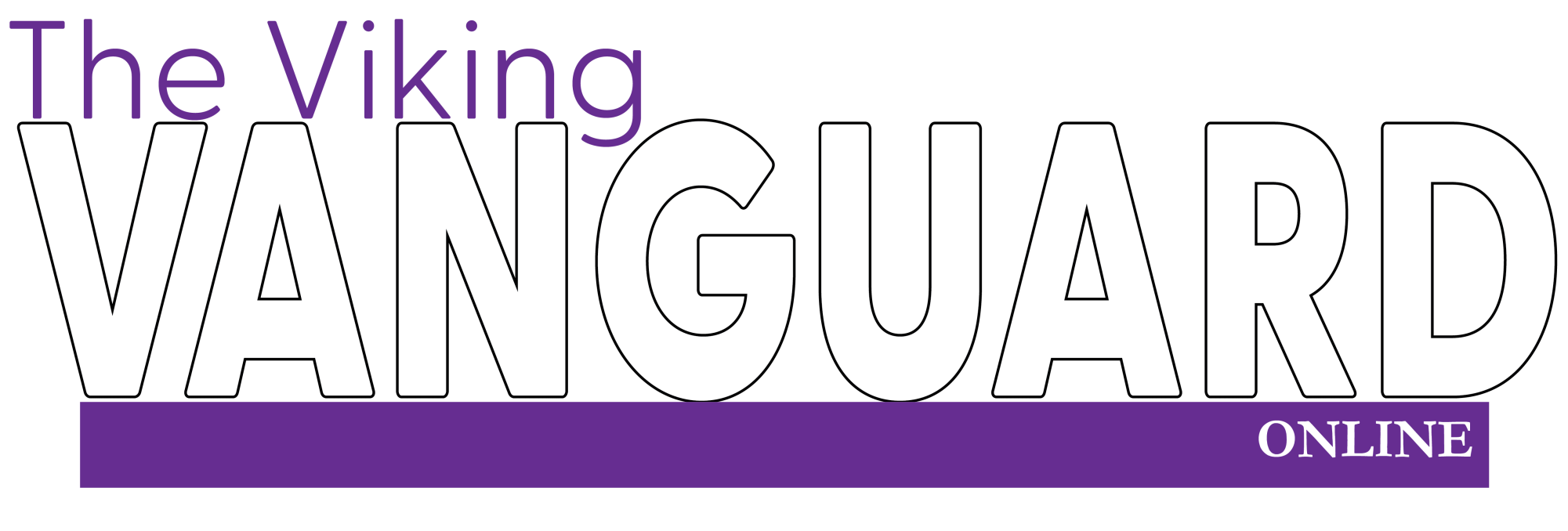The SAT is an opportunity for students everywhere to boost their transcript, earn scholarships and open up doors to future success.
Most students, however, tend to know little about the test’s particulars—because procrastination, after all, is more than just a line in the dictionary—but that’s about to change. College and Career Readiness Teacher on Special Assignment (CCR TOSA) Shelley Jellison offers a wealth of knowledge on the SAT, what it’s useful for and how students can prepare, not procrastinate.
“The SAT/ACT is specifically for University Bound. And honestly, we have a lot of schools that are test optional now. If you go to university, you will have students in your classes that have never taken the SAT or ACT. However, if you do really well on the SAT, that can only help your application,” Jellison said.
With today’s technology, it only takes a few taps of the keyboard and any search engine will pull up hundreds of practice tests and resources.
“There are all kinds of free, online tutorials, practice tests, things like that. That’s what I usually direct students to begin with, just because there’s not a cost involved and things like that. There are lots of opportunities for students to pay for books and tutoring and things like that, but I always encourage students to look at practice tests first,” Jellison said.
For those lucky enough to host the SAT in or near their school, testing is made that much easier. For Puyallup students, the test takes place in Immanuel Lutheran Church, just across the street from the school.
“PSAT is typically taken in the junior year. Fortunately, we do give that here at Puyallup High School, and students can sign up for it [and] take it end of junior year, summer, beginning of senior year,” Jellison said. “That way, when you take it and then get your score back, you may have an additional opportunity to test again, if you think that you can get a better score.”
There are two sections on the test, each ranging from 200-800, creating a total scoring range of 400-1,600.
“Your average score is 1,050 so that’s kind of what a lot of students are going to score. At anything 1,300 or above, that’s going to put you in the top 10% so that kind of gives you a range,” Jellison said.
Senior Hazel Noble took the SAT in spring of last year. Despite having to push through hours of studying and a long sign-up procedure, she came out the other side with a boosted resume and a new gleam of confidence in her eye.
“So, for studying the SAT I got a Princeton Review book. I also use Khan Academy a lot. Khan Academy is nice because you can just take their little mini tests, on the individual subjects,” Noble said. “Both have their advantages. Khan Academy is really nice if you just want to practice taking a test, but the Princeton Review had more details, and I think the questions were harder in the Princeton Review.”
With the wide range of study methods, from small quizzes to articles to full-on practice tests, Noble shares her advice on which technique led to her success.
“I think sometimes when I was studying, one of the biggest things I worried about was, ‘oh, I don’t have a time to take a full practice test’. And that’s okay if you don’t have time, but you just need to make time to try a real test for studying,” Noble said.
Despite feeling that the process was well-communicated to her, Noble didn’t enjoy the sign-up.
“I remember that when I was signing up, it very much felt like a chore. There’s a lot of steps you kind of have to take,” Noble said.


